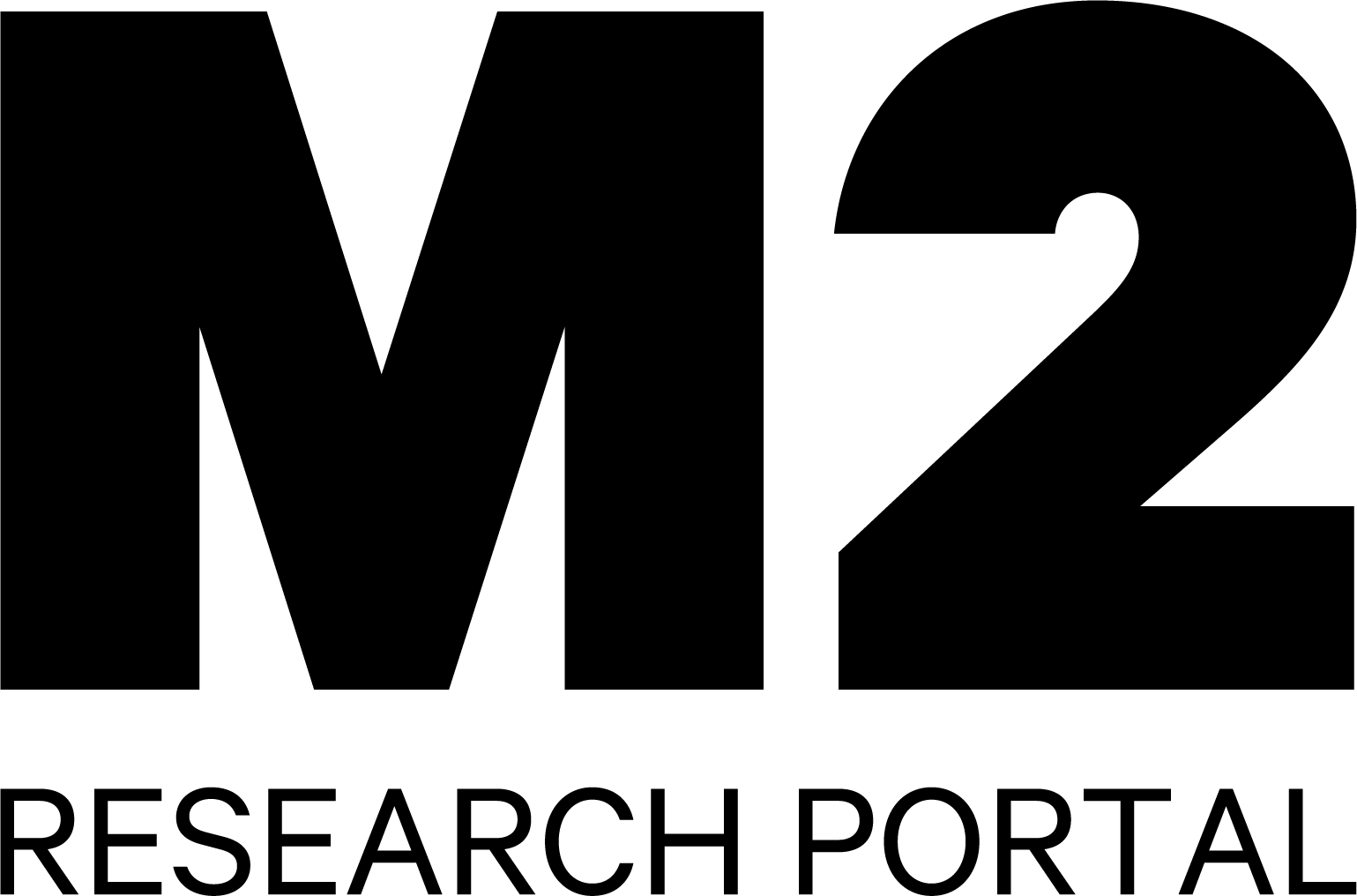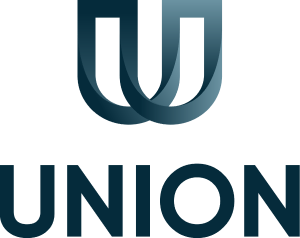Yields slipping down, interest rates upward-bound
The strength which has built up in the transaction market is being sustained. While prime yield remains 3.25 per cent, yields for the broad mass of properties have continued to slip slightly lower.
After a marked fall last autumn, prime yield for offices in Oslo has stayed stable so far this year. But secondary yield has continued to creep down in recent quarters. Moreover, the decline in yields has been substantial for attractive buildings in the office clusters outside the city centre. We are now seeing yields well below four per cent in areas such as Helsfyr and Nydalen.
While yields have fallen further, interest rates are on the way up. As expected, Norges Bank increased its base rate by 0.25 percentage points at the interest-rate meeting on 22 September. But the first rate increases have been clearly communicated and should be discounted in property pricing.
Moreover, today’s inflation picture means that the real interest rate in Norway is strongly negative at -3.5 per cent. To be sure, the interbank rate will rise in line with the base rate increase while Norwegian inflation is likely to slow again. If we measure the real interest rate as the difference between the interbank rate and current inflation, however, we have had negative real interest rates more or less continuously in Norway since 2013. The average has been -1.1 per cent. Many investors no longer believe we will see positive real interest rates of significance in the foreseeable future.
The biggest risk factor in today’s market is probably the trend for long-term interest rates. The swap rate with a 10-year tenor has increased by around 50 basis points since the summer. Norwegian 10-year rates are closely correlated with the dollar interest rate. The USA has been in a class of its own as the country pursuing the most expansive finance policy in the wake of the pandemic, with the attendant growth and inflation prospects. So the big question is how this will play out, and not least how the Federal Reserve will choose to respond to these developments.
We do not believe that the upturn in long rates witnessed during recent weeks is enough to push up property yields. The yield gap – the difference between prime yield and the 10-year swap rate – is not particularly small in a historical context. Looking at the expected return on equity for leveraged investments, however, the pricing appears a little moresharper. This is because the bank margin is higher than before. So good reasons exist for paying close attention to interest-rate trends in the time to come.
However, we believe yield can cope with somewhat higher interest rates. There are two main reasons for taking that view. First, we expect a clear improvement in the rental market, with increased demand for offices, lower supply-side growth and rising rents. Viewed in isolation, that increases the willingness to pay – particularly for properties which are well positioned to benefit. We believe buildings with a good microlocation in their neighbourhood and a high standard will achieve the most positive trend in the rental market.
Second, excess demand remains high on the investment side. “Every” player in the market is looking to buy more, with a lot of frustrated capital hunting yields. Sentiment in the market is so strong that it will take a bit for the yield trend to reverse. Record-low real interest rates, large quantities of capital seeking a return and an improving rental market underpin today’s pricing. But uncertainty has increased because of the development in long-term interest rates.

